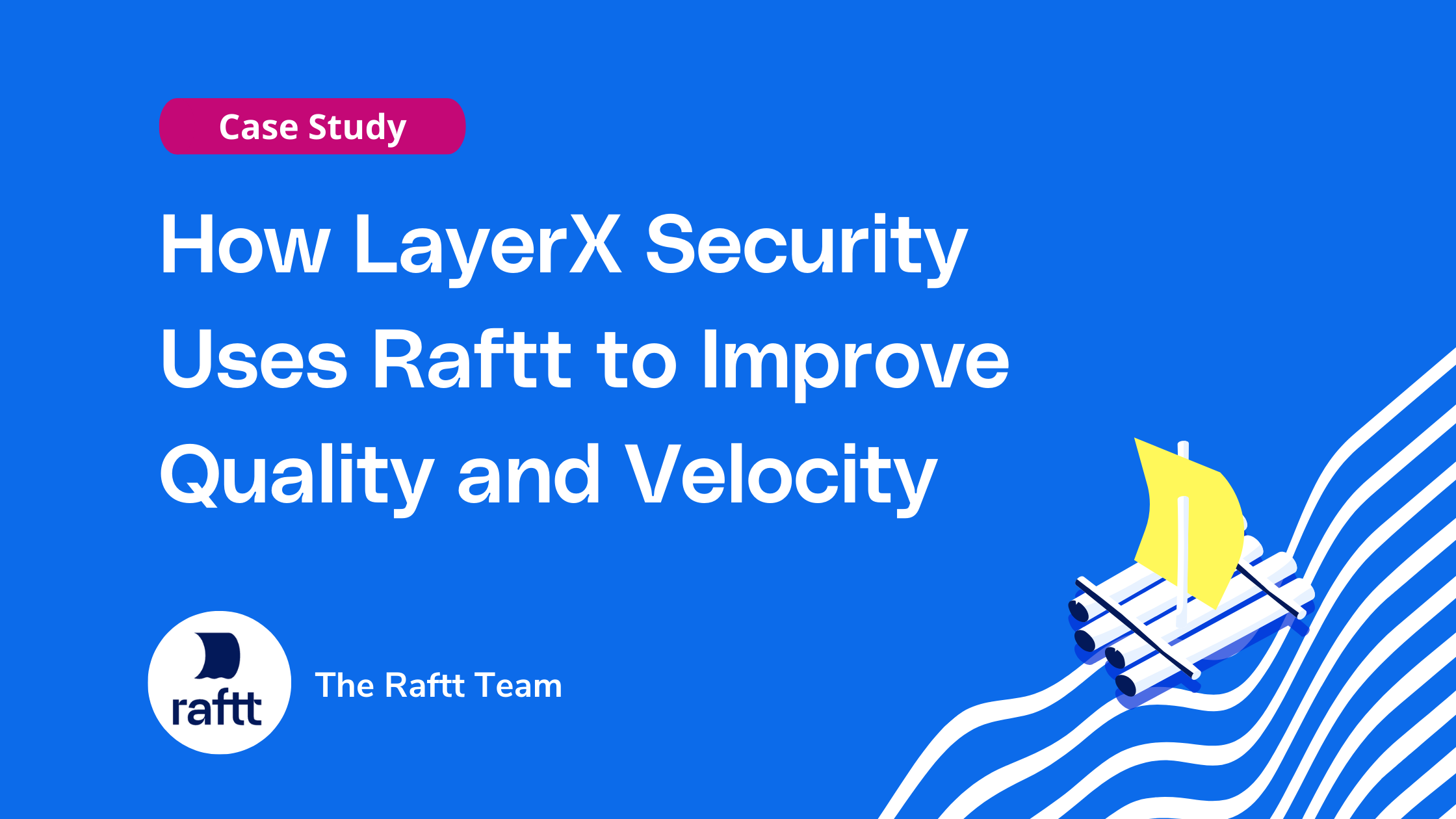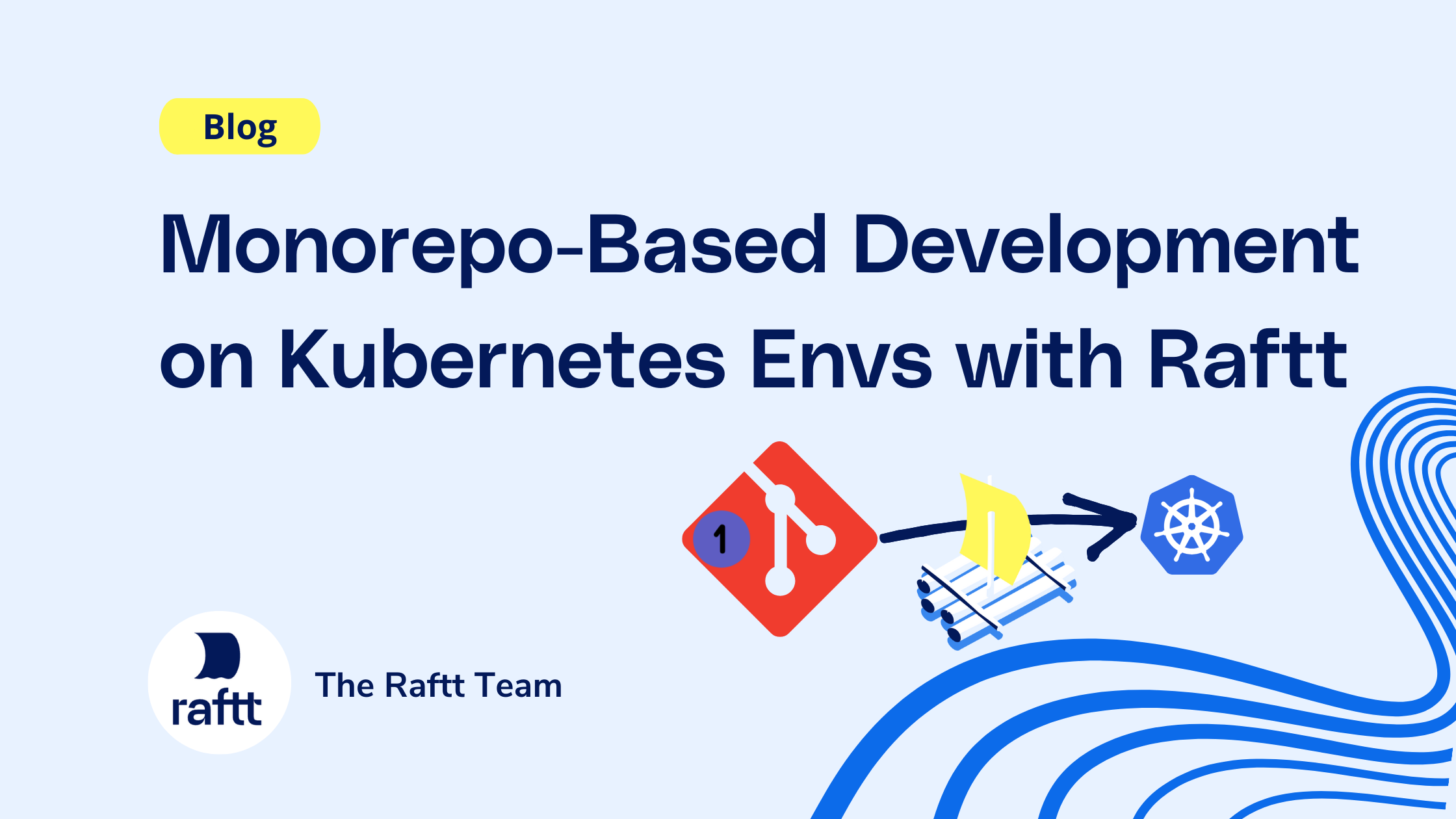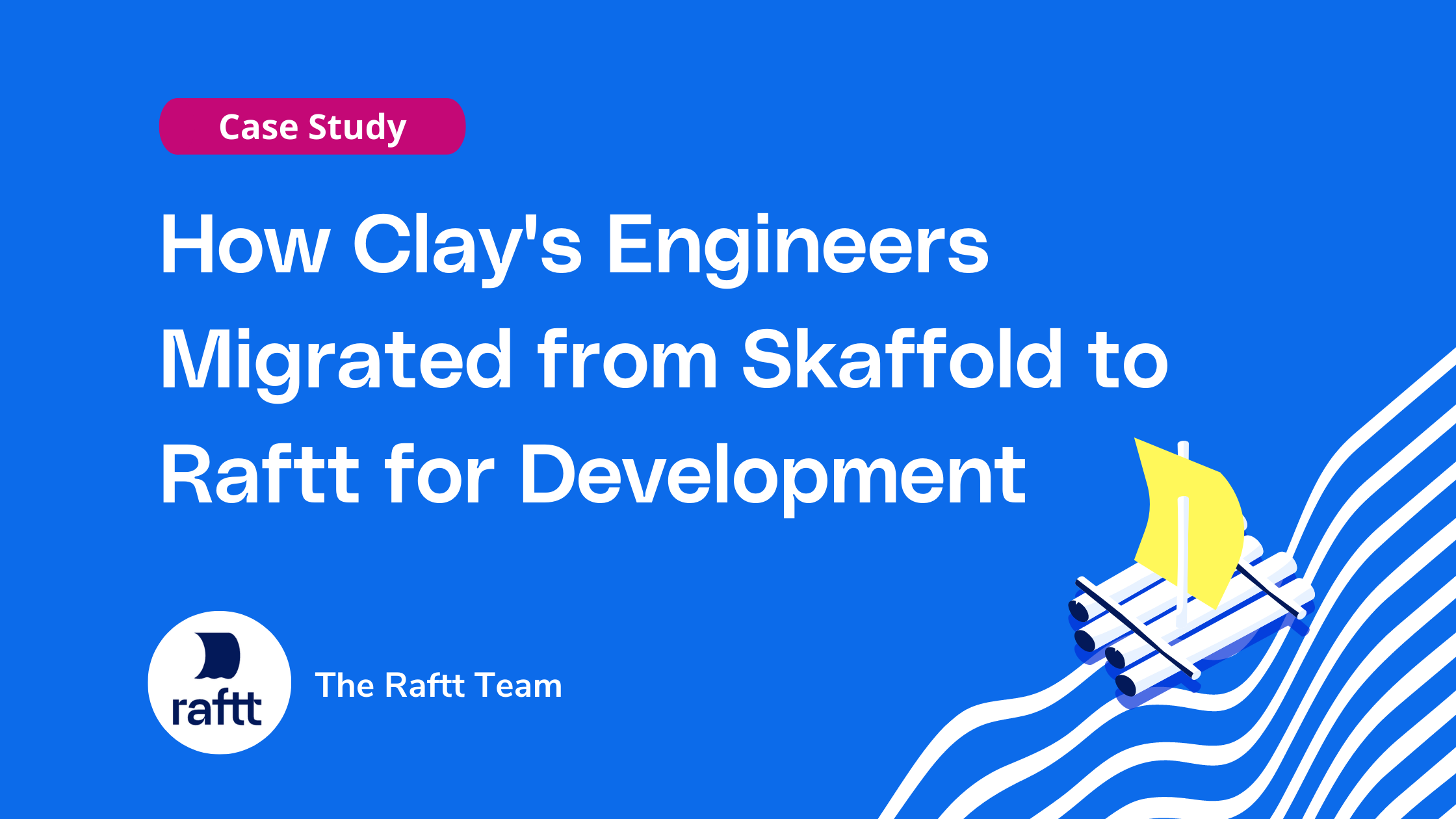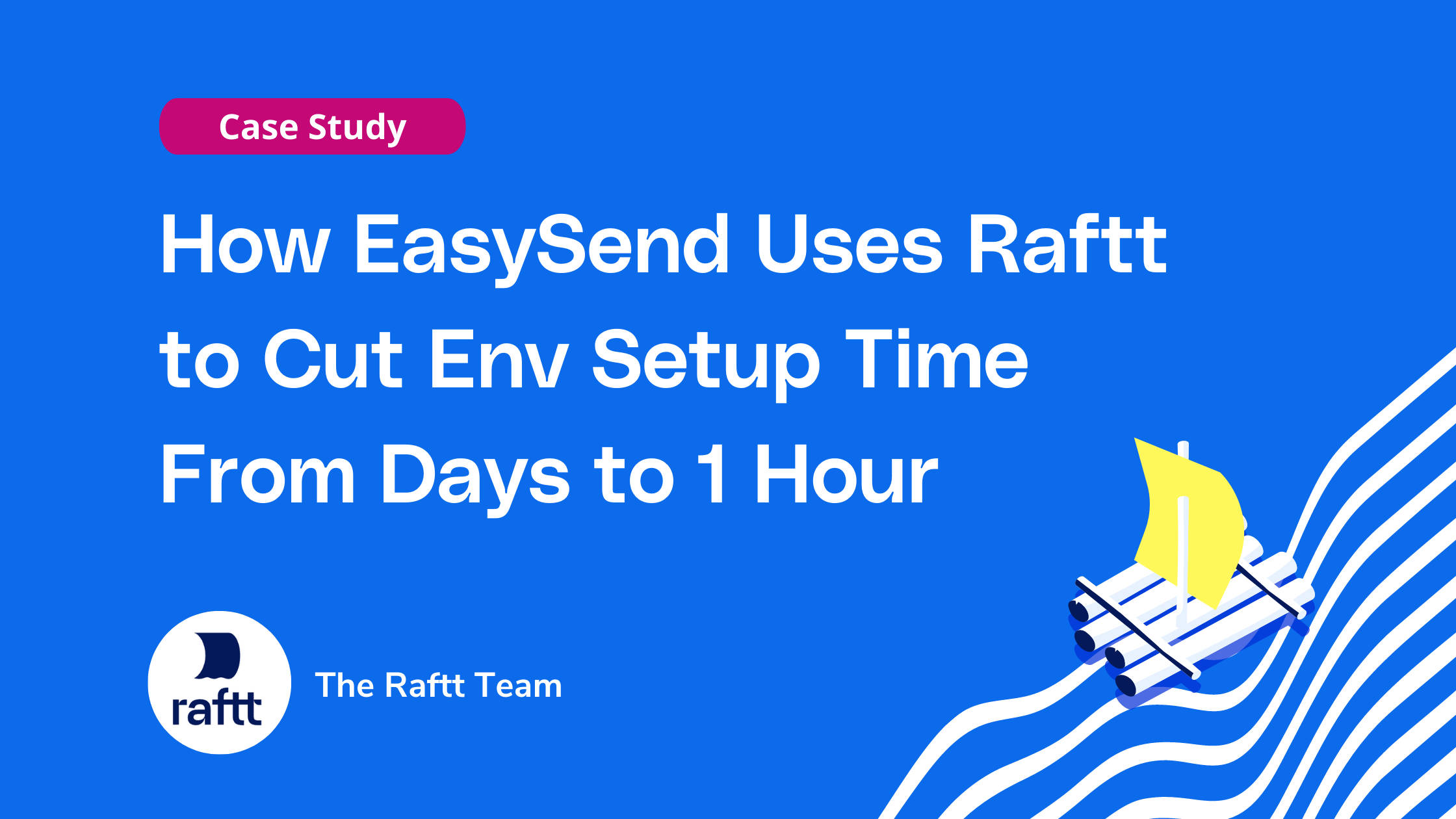Our Blog
The Content Env.
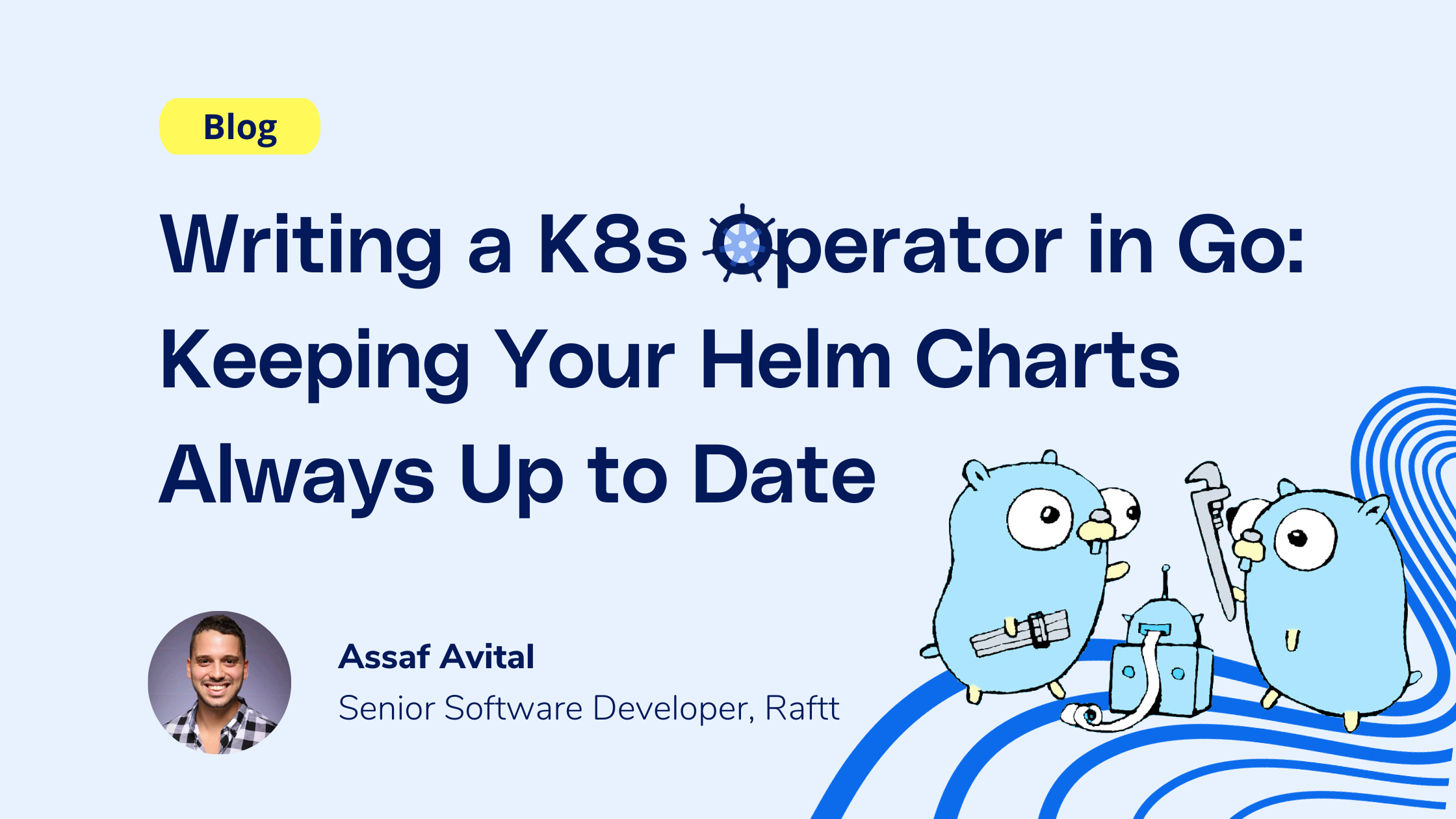
Writing a Kubernetes Operator in Golang: Keeping Your Helm Charts Always Up to Date
Discover the thrilling world of Golang-powered Kubernetes operators that breathe life into your Helm charts, keeping them effortlessly up-to-date on customer clusters for a smoother, more dynamic user experience.
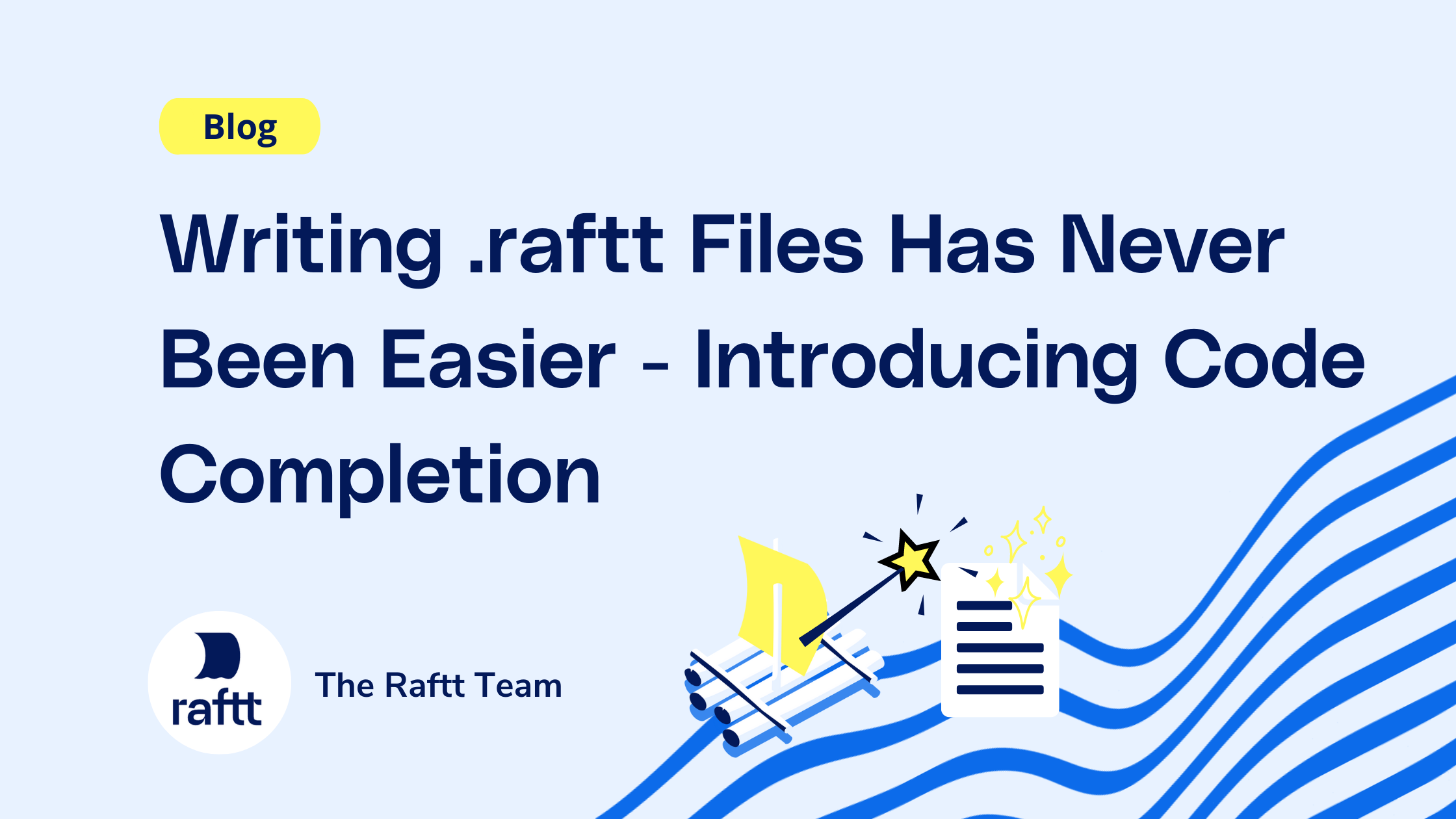
Writing .raftt Files Has Never Been Easier - Introducing Code Completion
You now get code completion for .raftt files with our IDE plugins! Read on for more info...
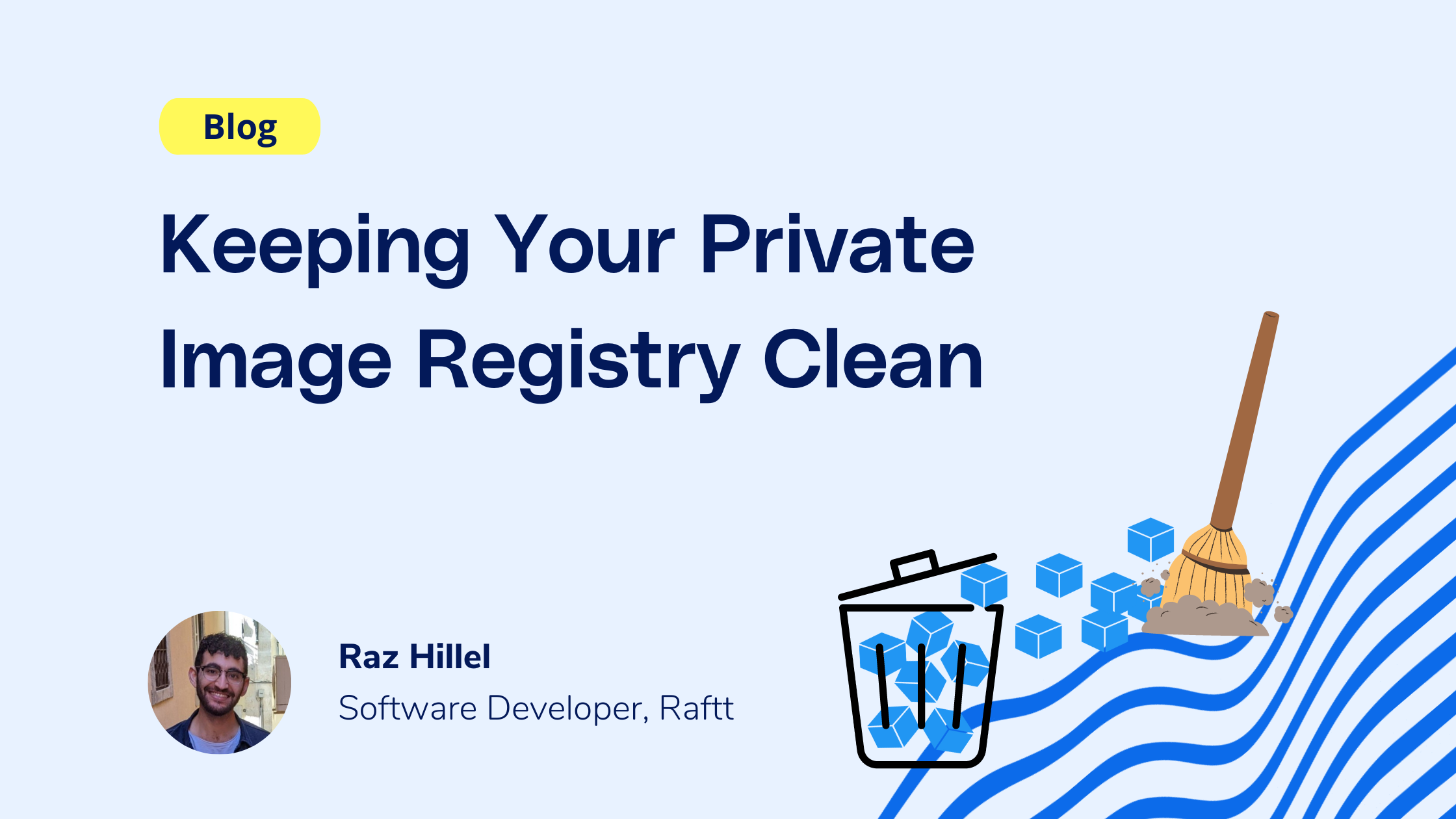
Keeping Your Private Image Registry Clean
Cleaning up self-hosted image registries can be a challenge. Read on for why it is difficult and how we made it work FAST.
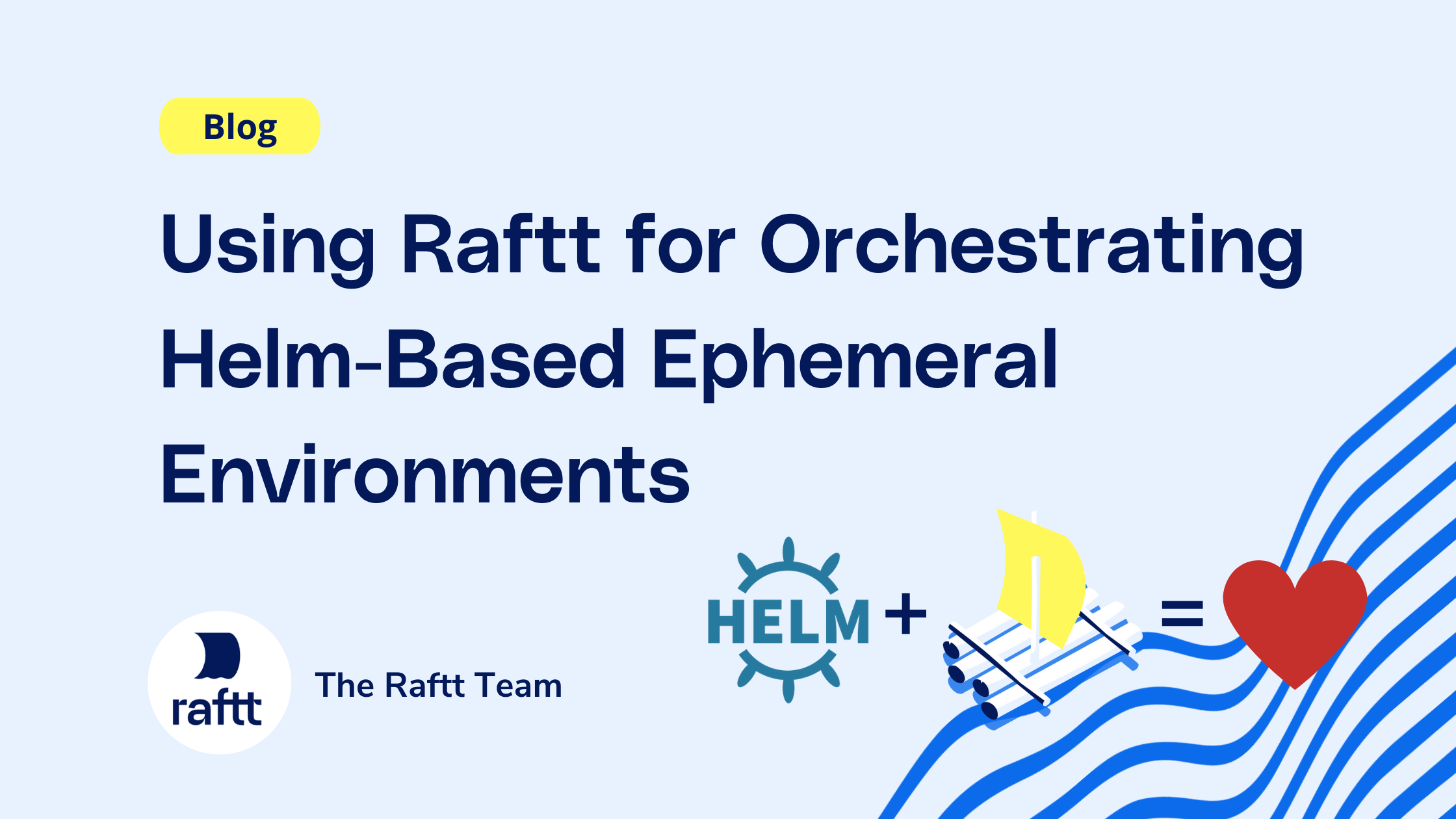
Using Raftt for Orchestrating Helm-Based Ephemeral Environments
It is simple to use Raftt to orchestrate helm-based ephemeral environments. Read on for a how-to...
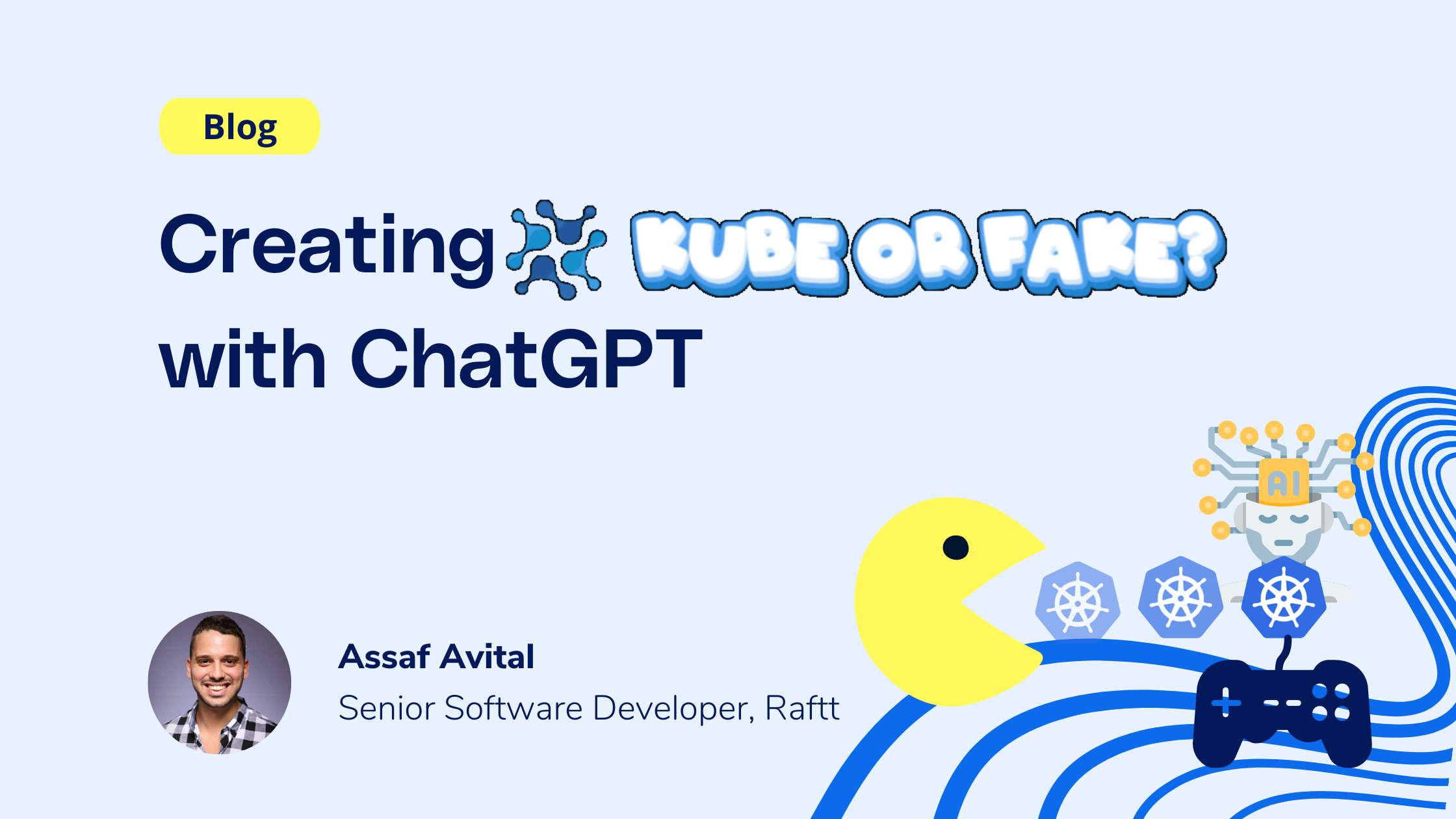
Creating “Kube or Fake?” with ChatGPT
Read this step-by-step guide for creating your own AI mashup game, just like Kube-or-Fake!
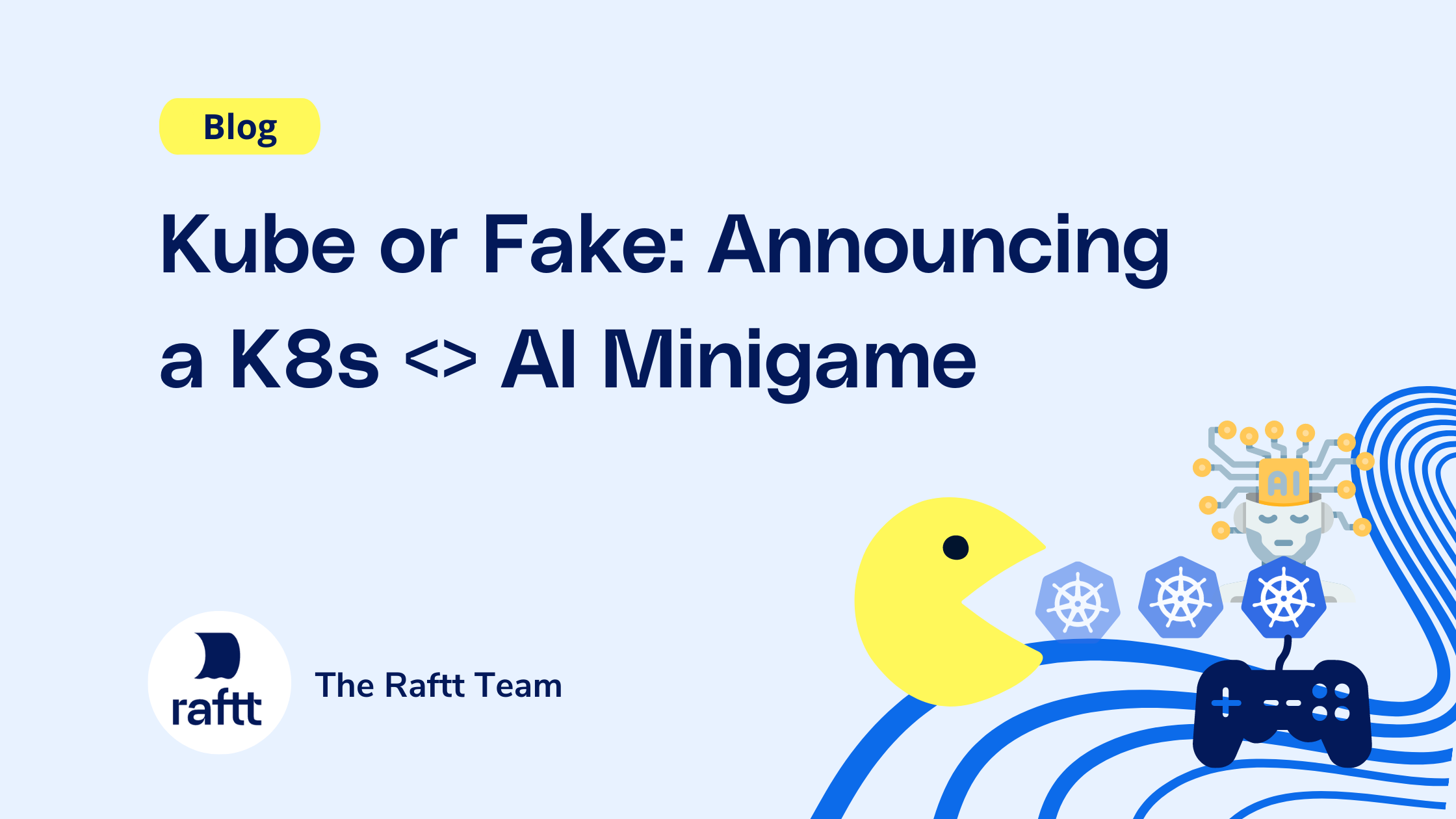
Kube or Fake? Announcing a K8s <> AI Minigame
We are excited to announce a ground-breaking Kubernetes <> AI mashup game! Try it out!
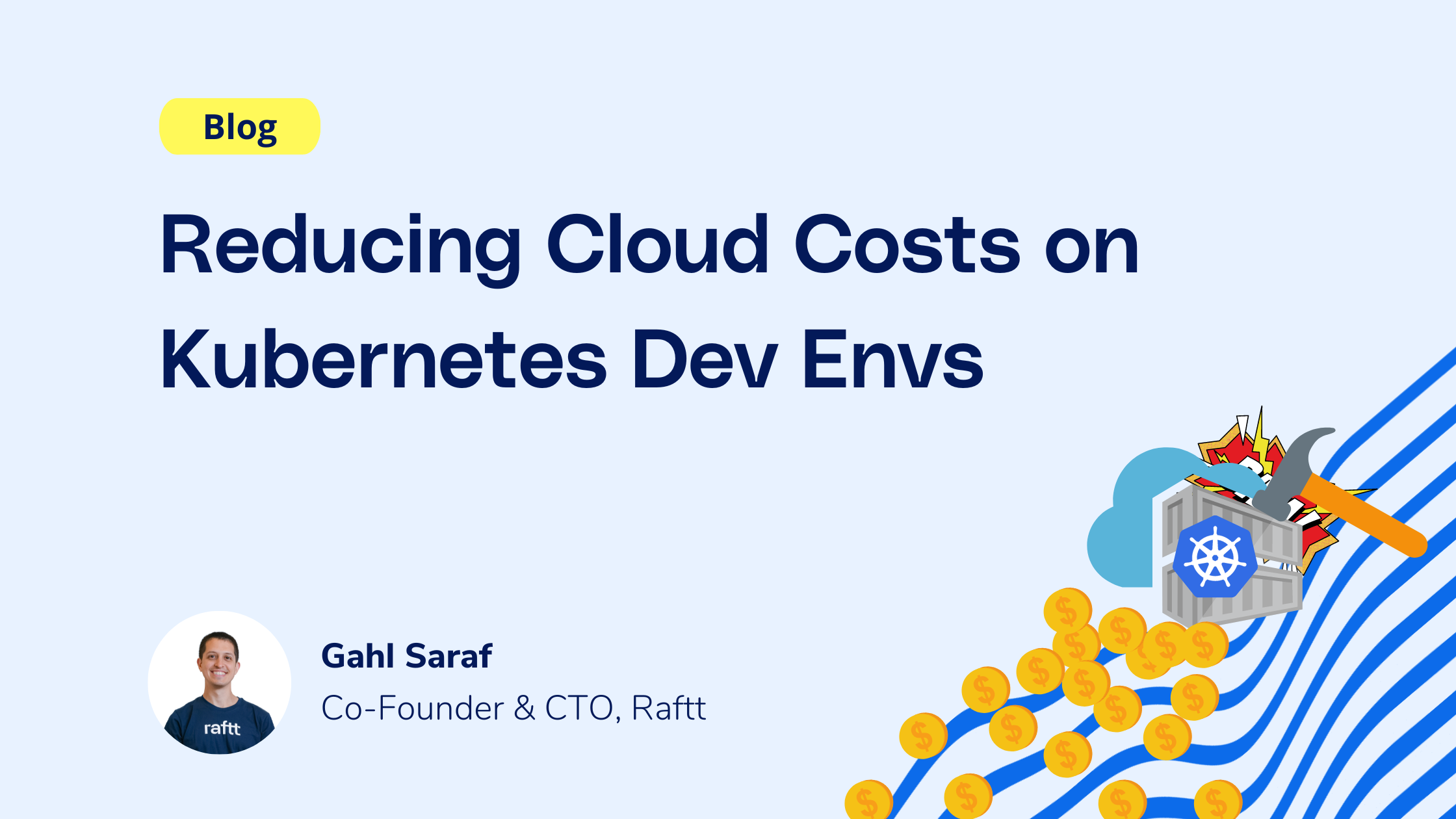
Reducing Cloud Costs on Kubernetes Dev Envs
Save over 95% on your cloud spend by implementing infrastructure and application-level modifications to your Kubernetes developer environments
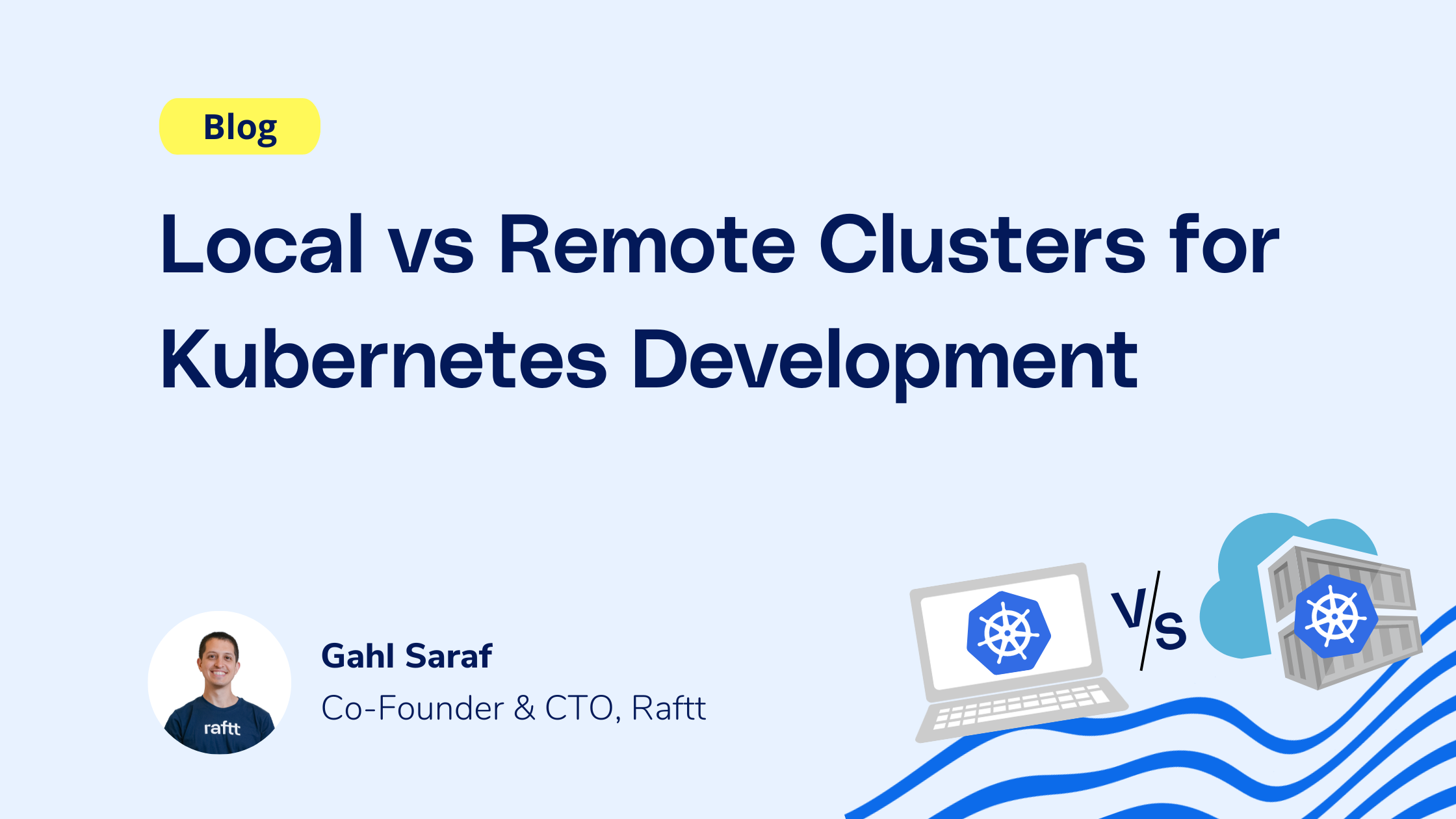
Local vs Remote Clusters for Kubernetes Development
Using local or remote clusters for developing micro-services deployed on Kubernetes has consequences on the maintainability, cost and efficiency of your dev environments. Read on for a comparison...
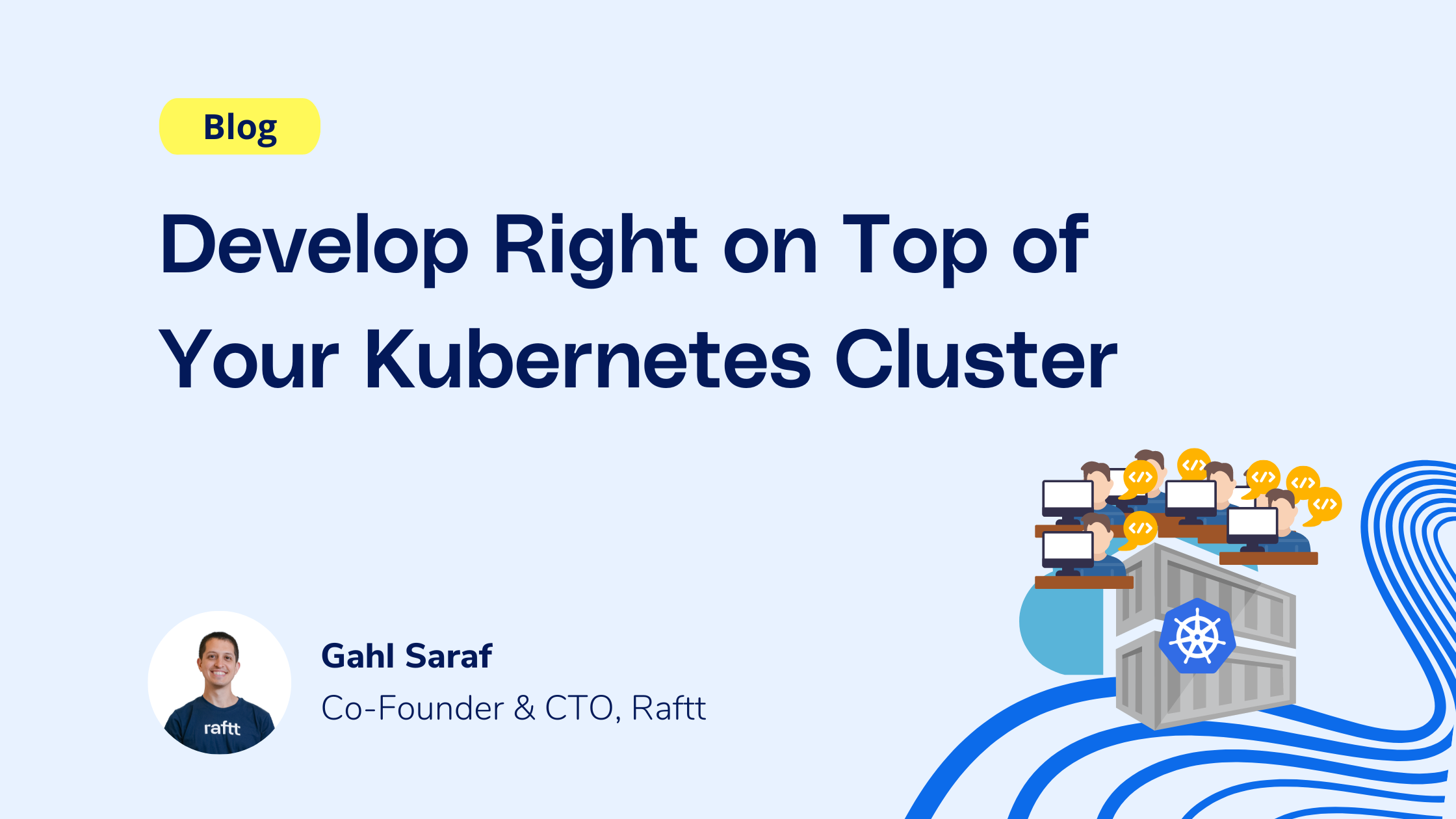
Develop Right on Top of Your Kubernetes Cluster
In this blog post, we will explore the benefits of developing right on top of your Kubernetes cluster, and dive into the challenges that make this a difficult reality to achieve.
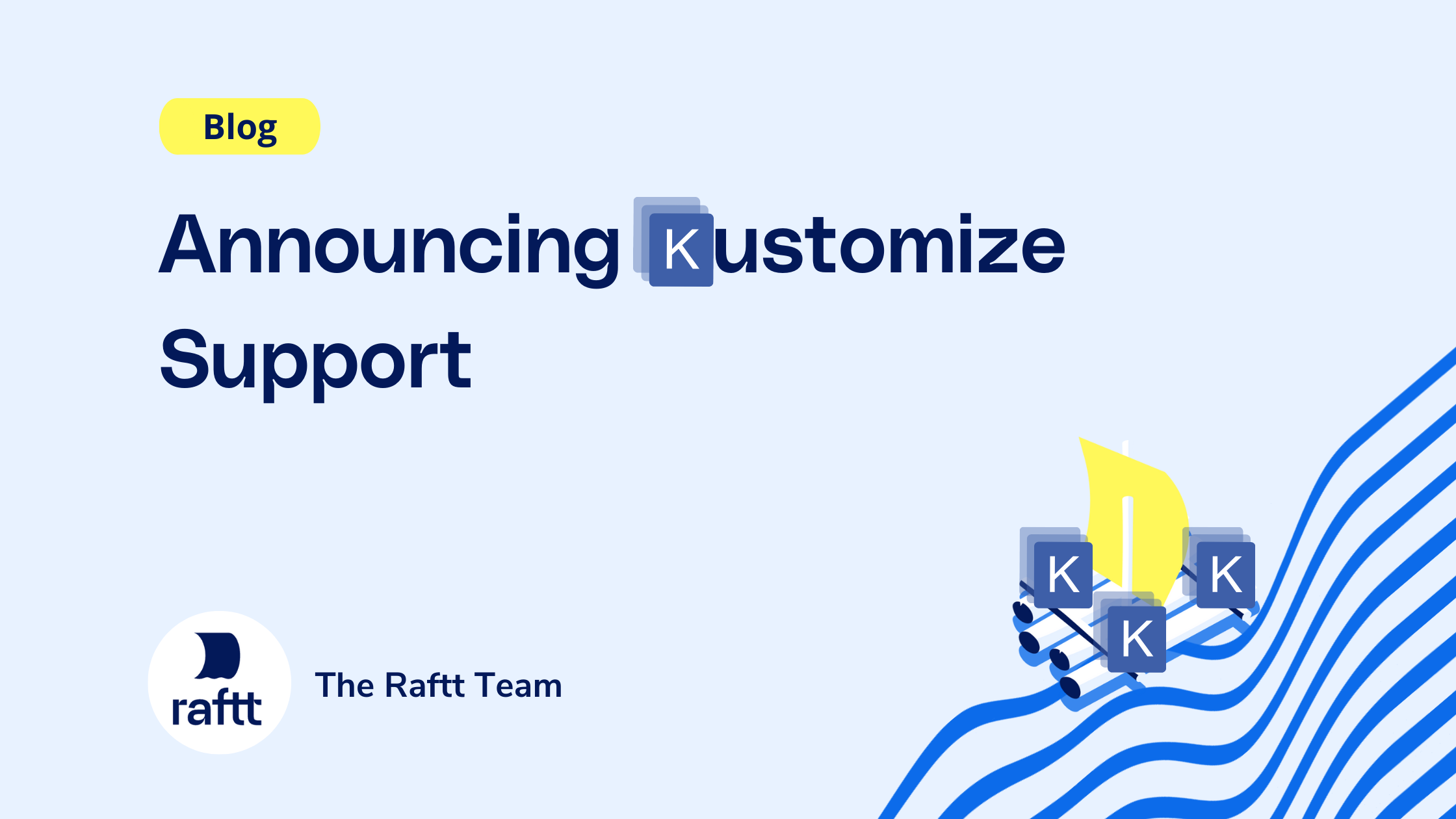
Announcing Kustomize Support
Raftt now supports Kustomize! So you can reuse existing Kustomize definitions to spawn fully featured dev environments. Read on to learn more...
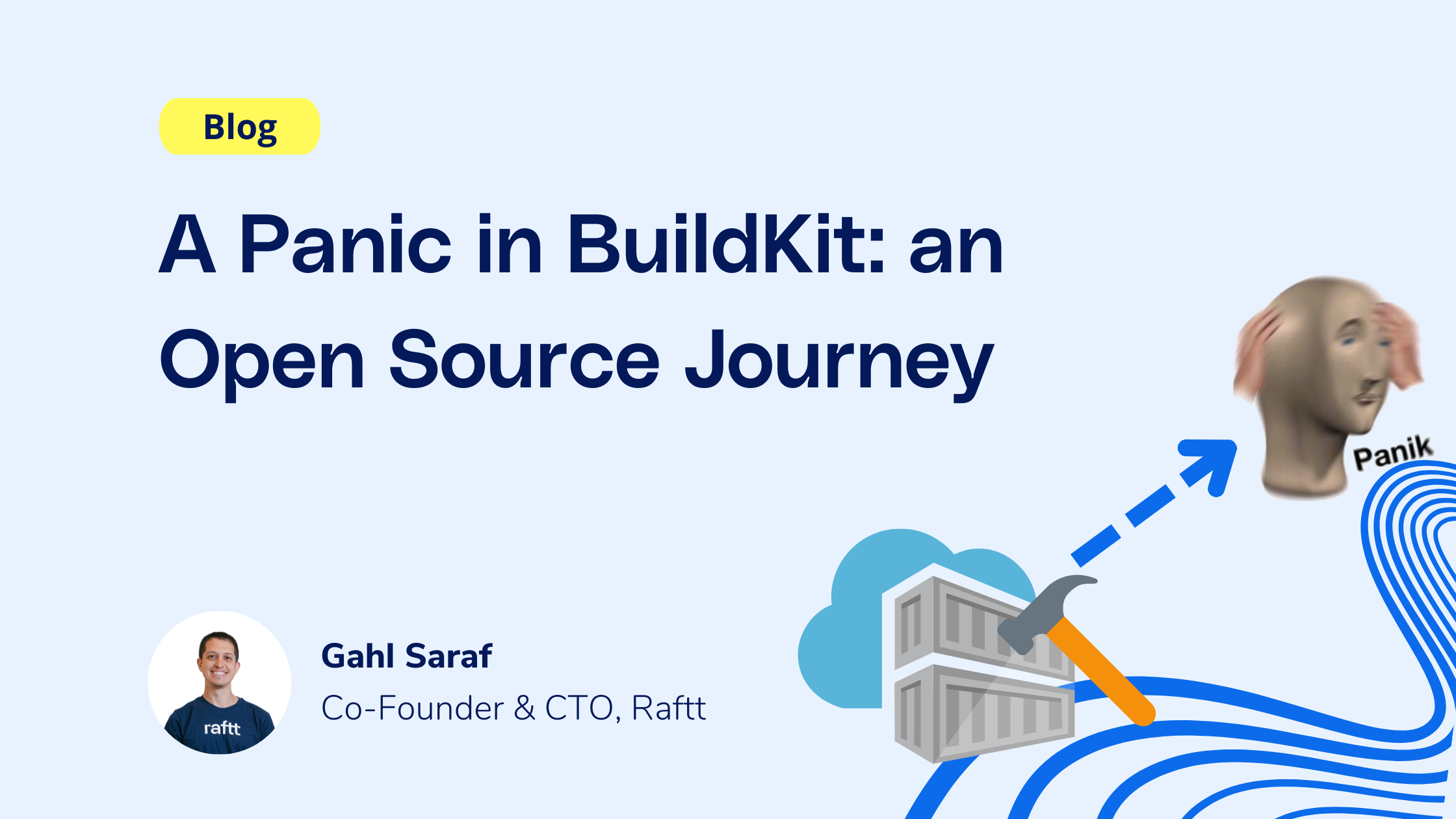
A Panic in BuildKit: an Open Source Journey
While investigating docker image build times using OpenTelemetry tracing, we encountered a panic, and ended up fixing a bug in open source buildkit!
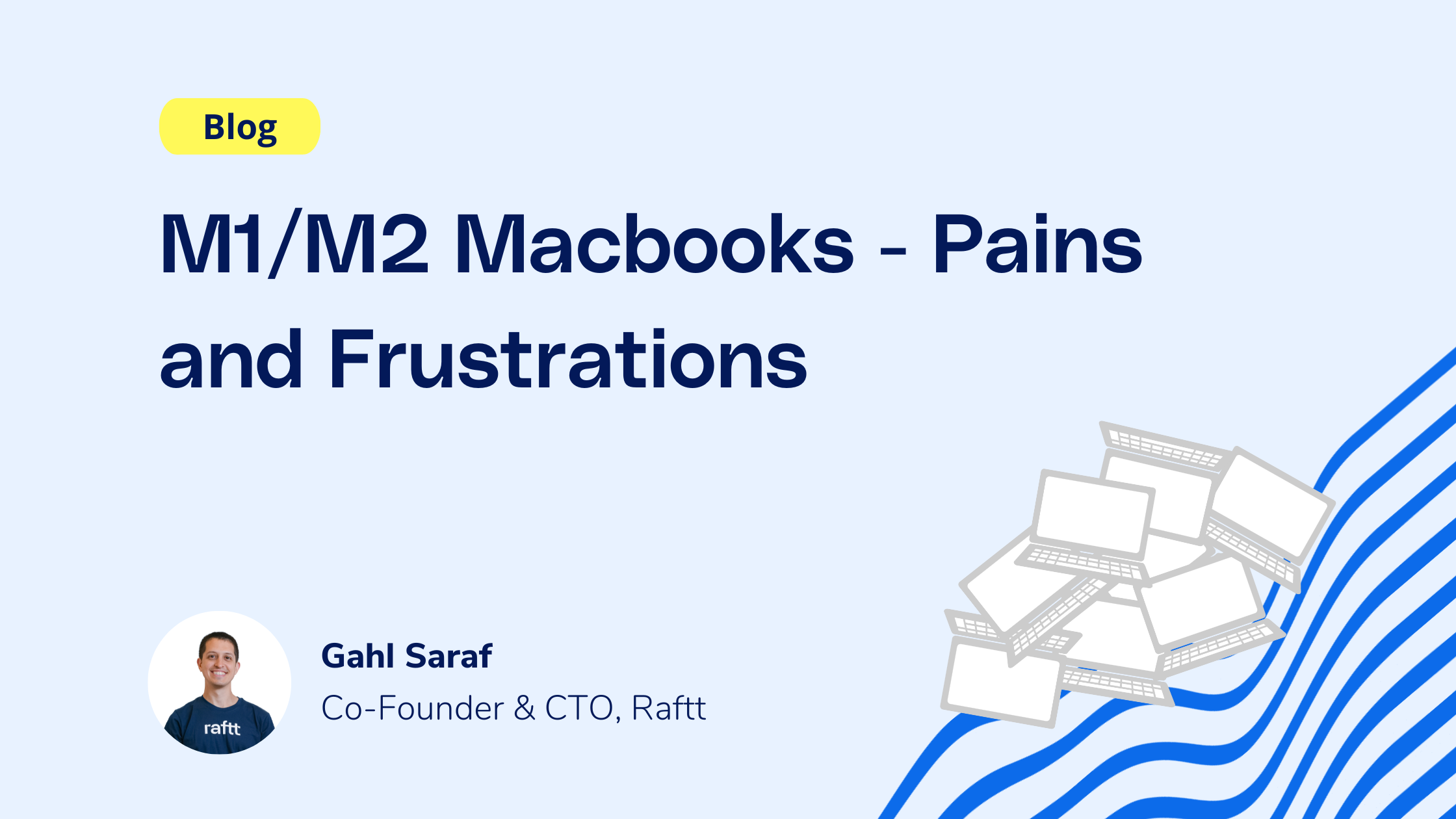
M1/M2 Macbooks - Pains and Frustrations
Using ARM Macbooks as development machines introduces new challenges. Read on for a longer discussion and how Raftt can help.
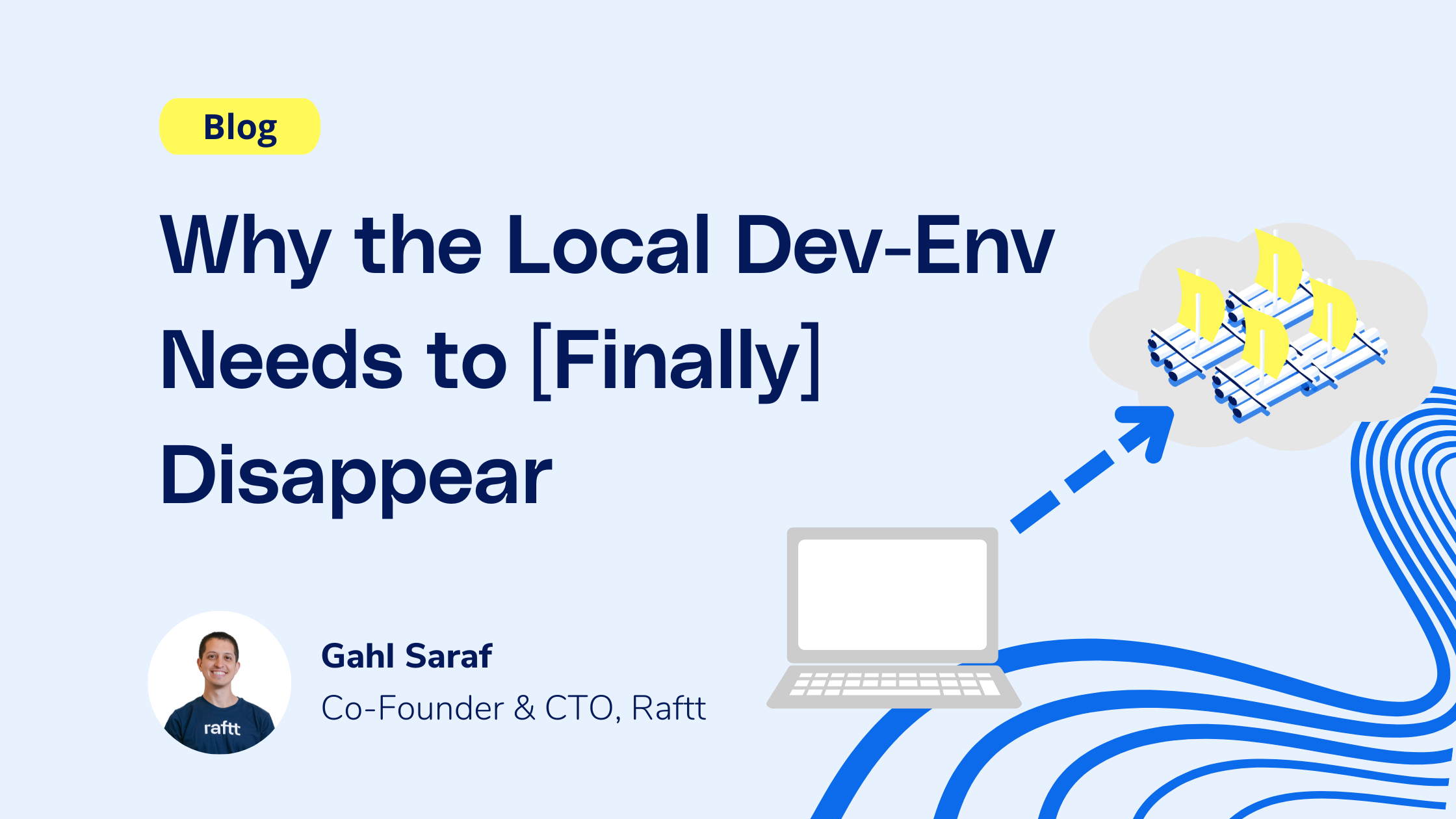
Why the Local Dev-Env Needs to [Finally] Disappear
Local dev environments are everywhere, but they come with extensive challenges and shortcomings. Rad on for a in-depth discussion of these, and potential solutions
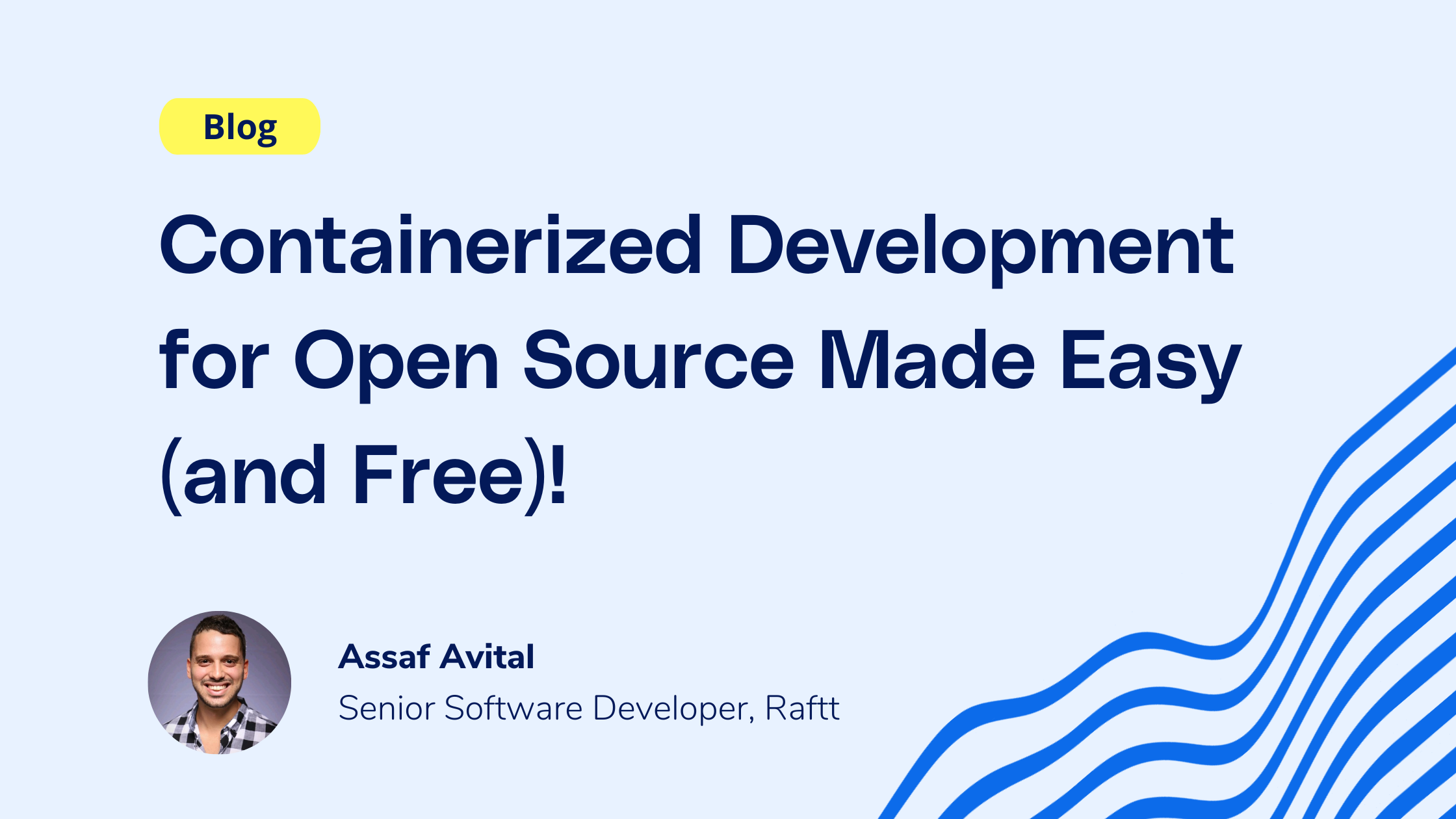
Containerized Development for Open Source Made Easy (and Free)!
We love developers of all shapes and kinds, and especially appreciate open source contributors. We are thrilled to introduce the Raftt open cluster for all of your open seource development needs!
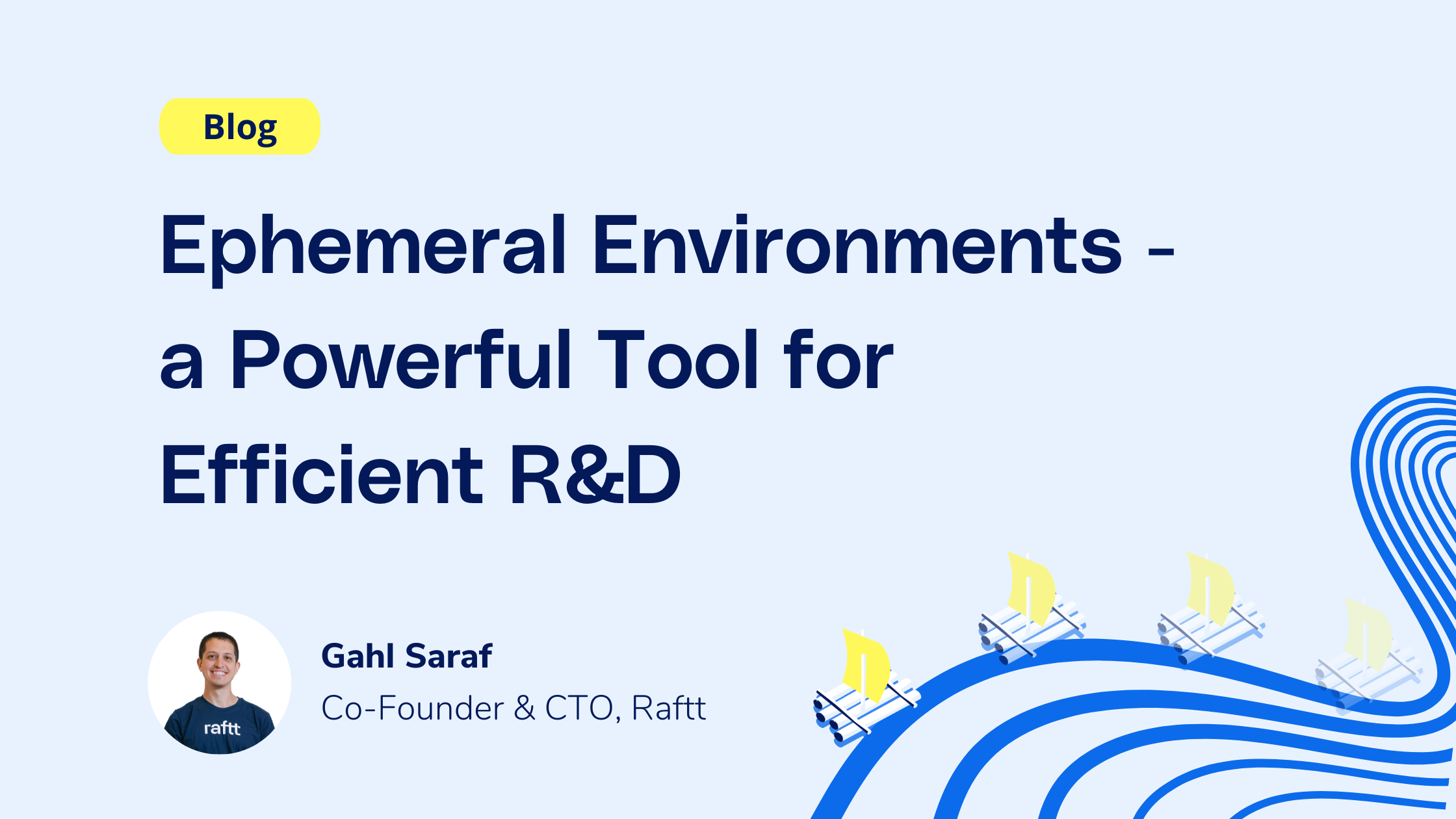
Ephemeral Environments - a Powerful Tool for Efficient R&D
Ephemeral environments are a powerful tool for driving efficiency across R&D. Benefits abound, but so do implementation complexities. Read this post for a primer…
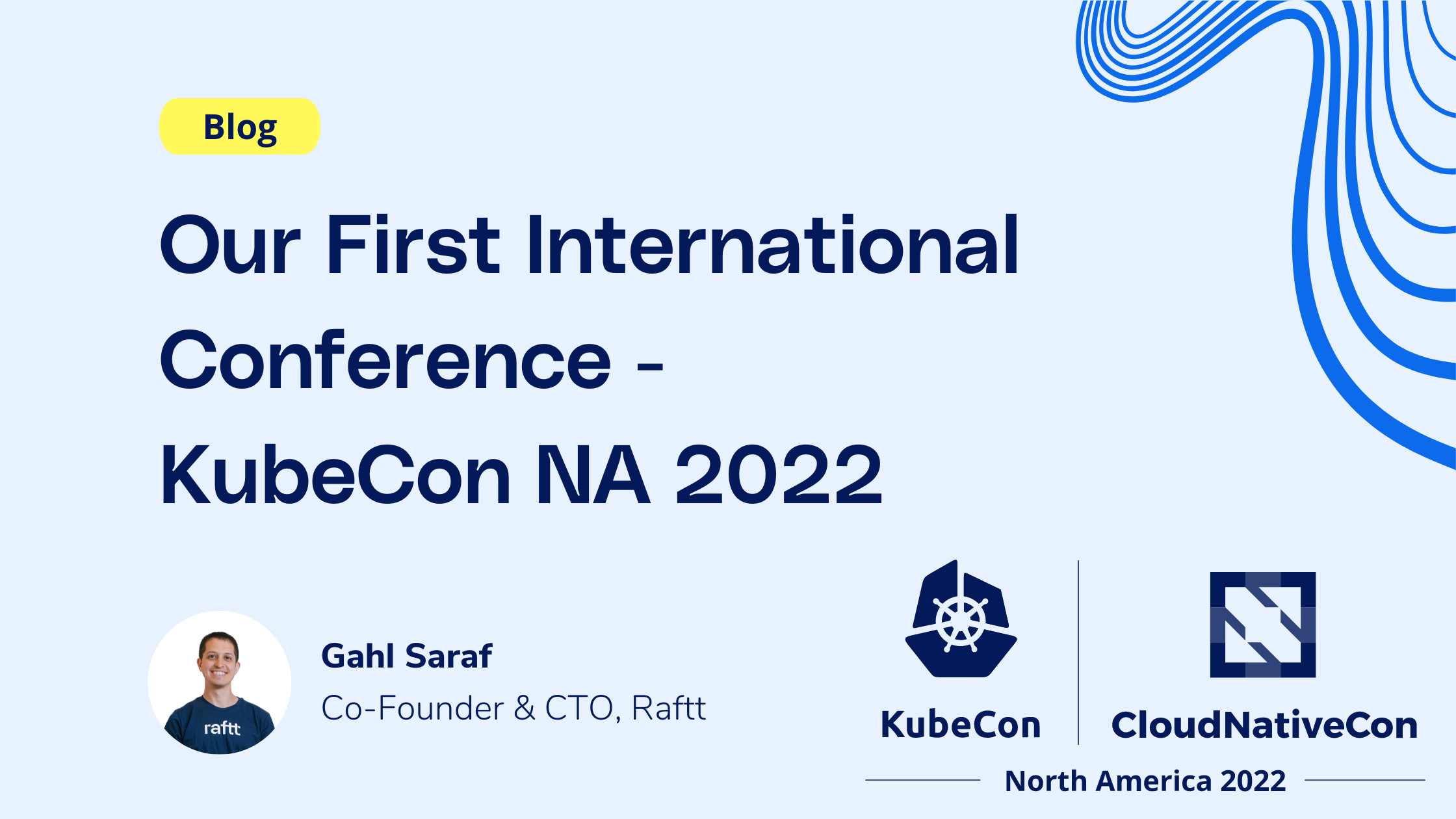
Our First International Conference - KubeCon NA 2022
5 weeks ago we flew out from Israel to participate in KubeCon NA 2022. Read on to experience the conference through our eyes…
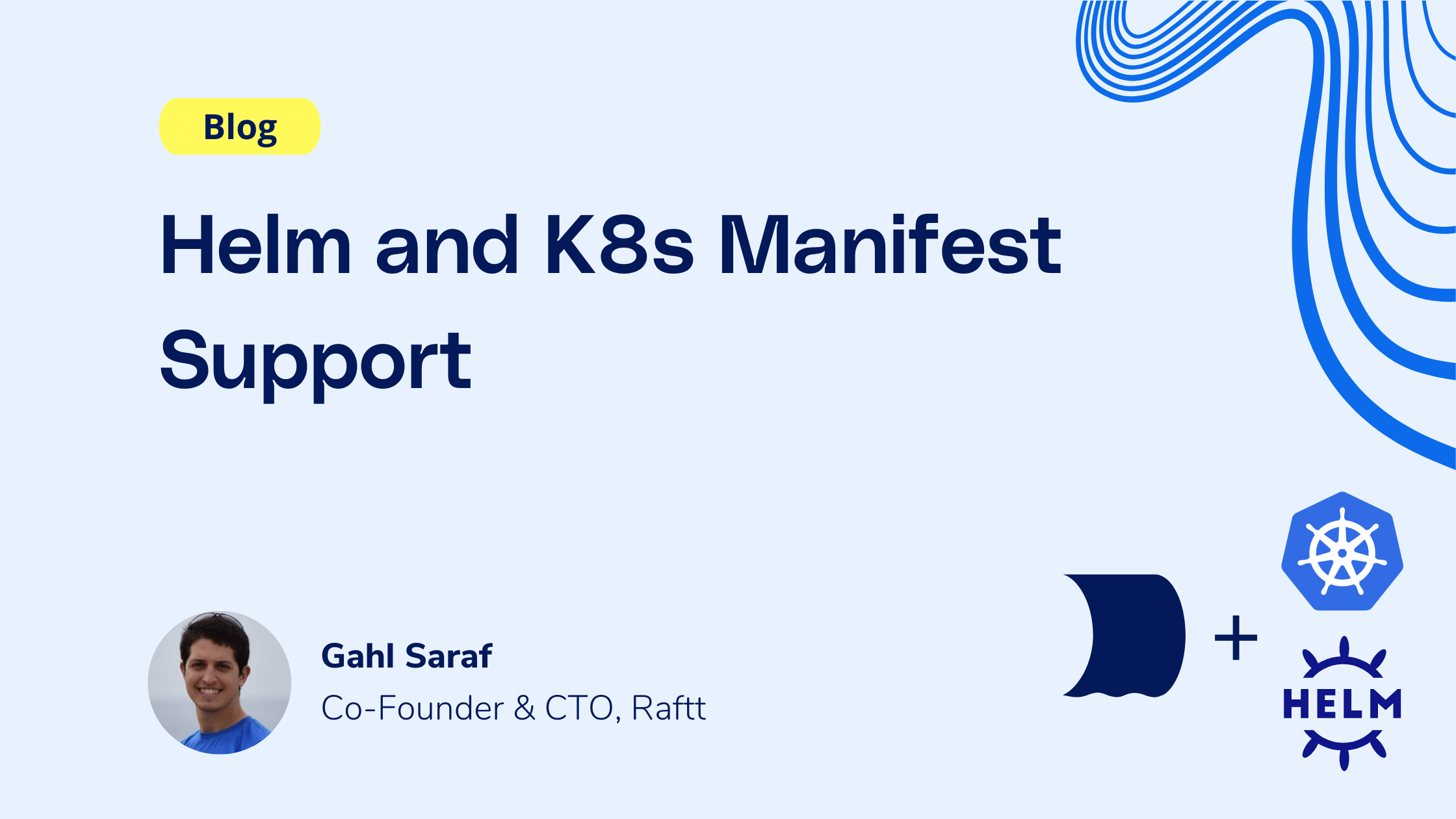
Helm and K8s Manifest Support
Want to use your existing Helm charts or K8s manifests as part of the Raftt env definition? The new `.raftt` file allows you to do just that and much more!
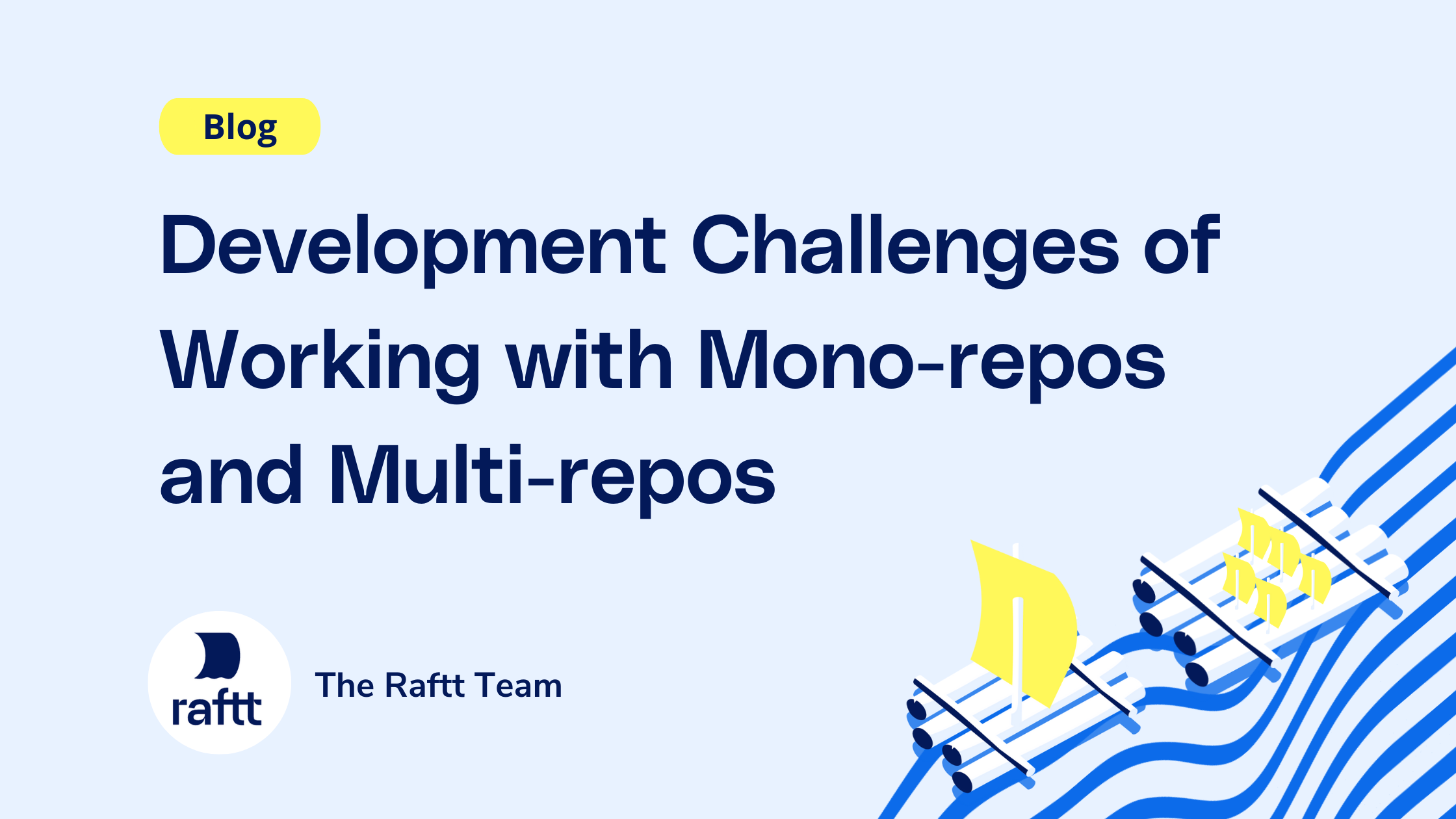
Mono vs Multi Repos - Pick Your Poison
Which repository architecture is better? Monorepo or multirepo? Is there even one definite answer? We will compare these two approaches for repository structure. It will start with the monorepo challenges and then look at those of multirepos. So, if you want to know the right approach for your project, read on!
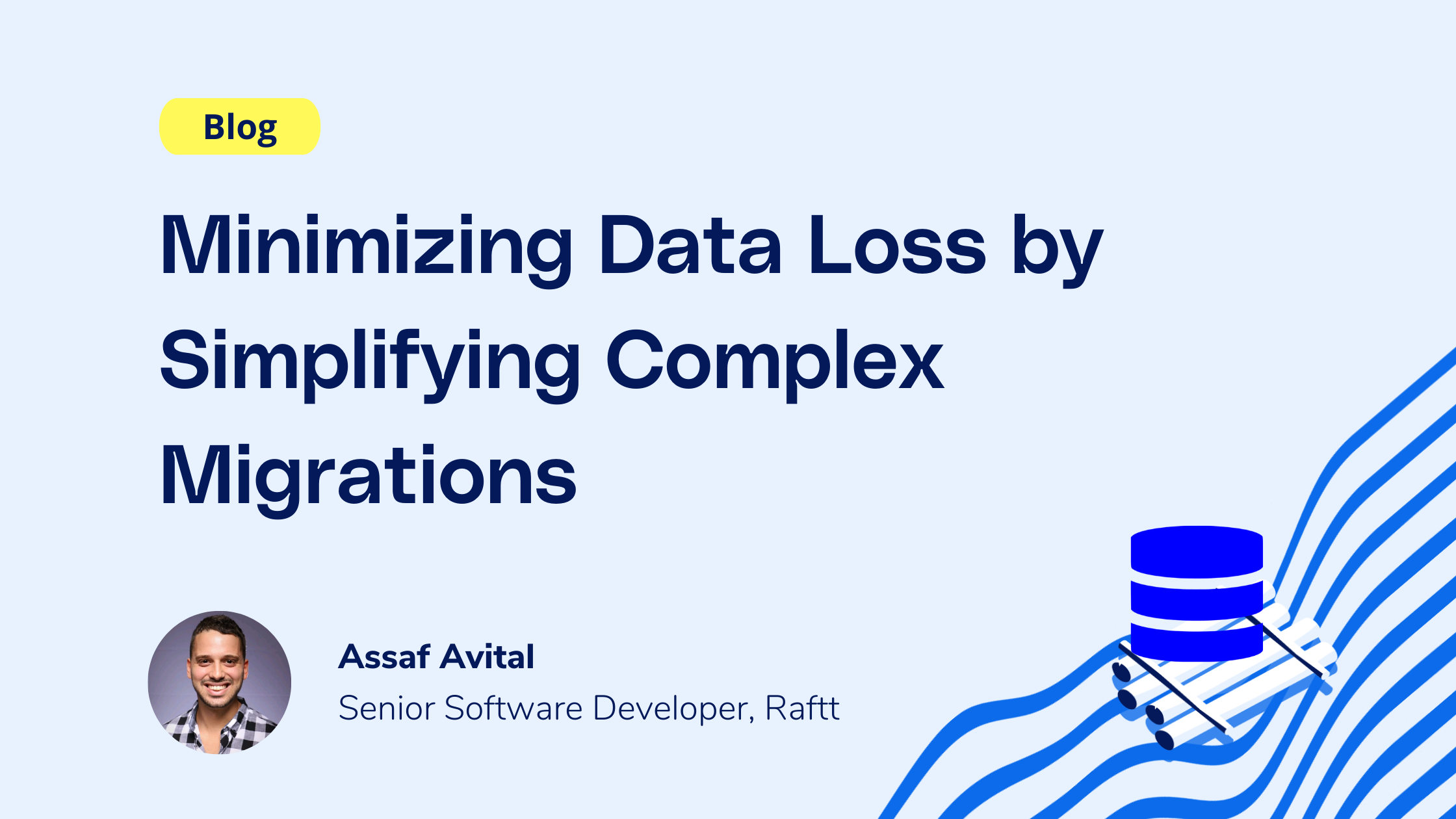
Minimizing Data Loss by Simplifying Complex Migrations
If you’ve ever designed a database schema, you must know the pain involved in introducing any changes to it down the road
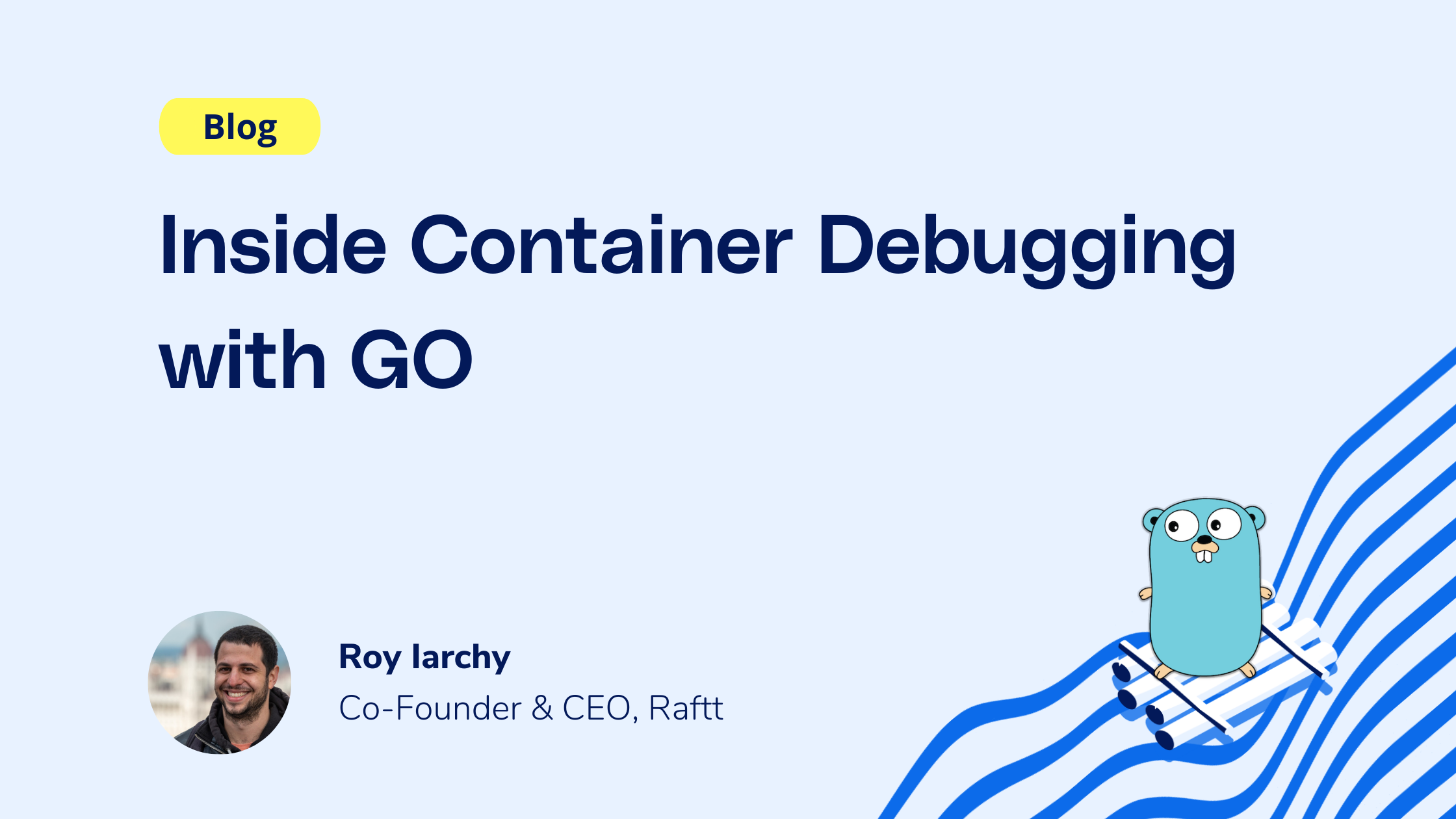
Inside Container Debugging with GO
When working locally, all you have to do is click Debug, and everything works like magic.
It's a whole different story when dealing with a remote environment or running inside containers.
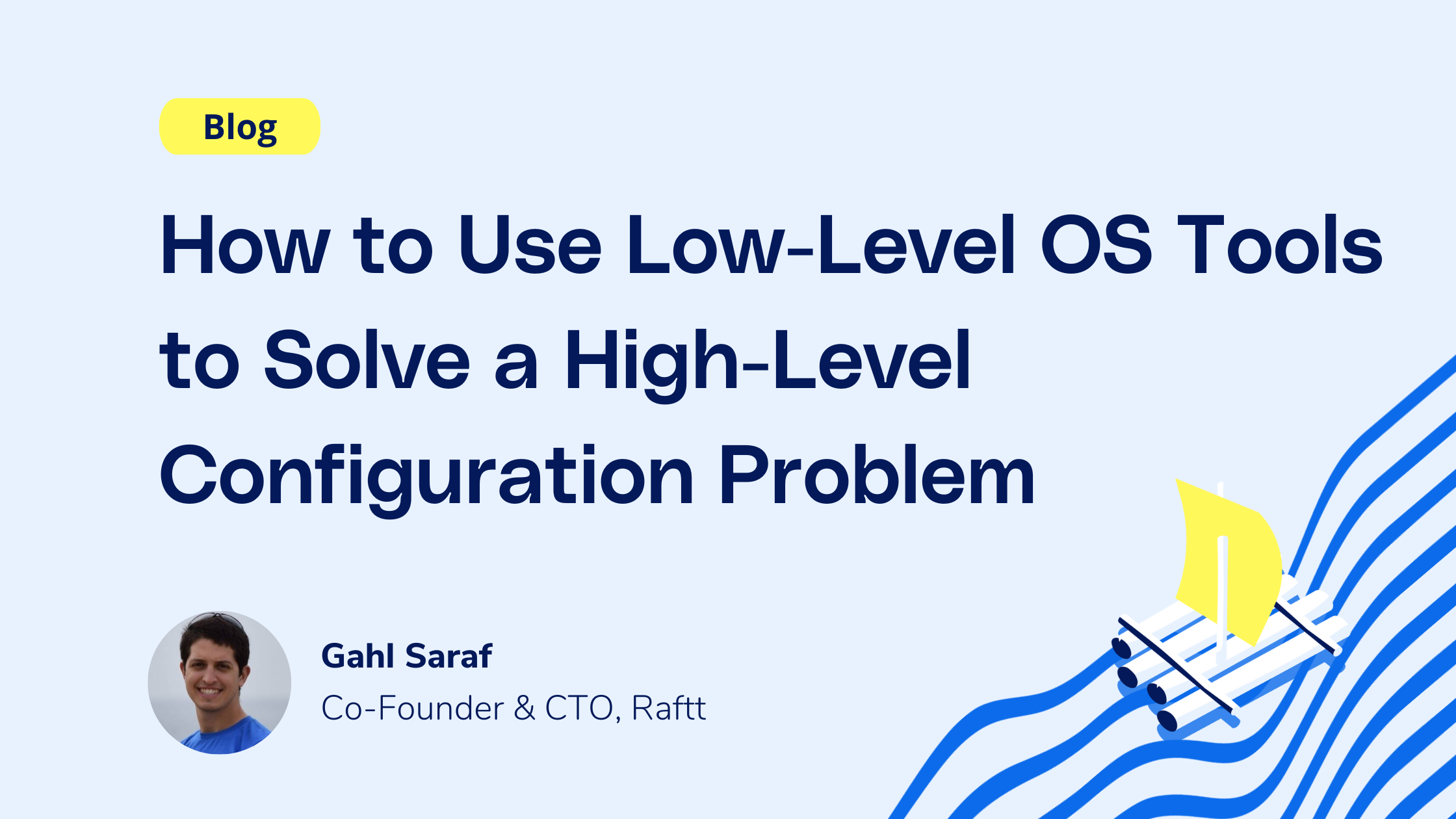
How To Use Low-Level OS Tools To Solve A High-Level Configuration Problem
Debug 01: The Customer’s Case of the [exit] Looping Yarn
